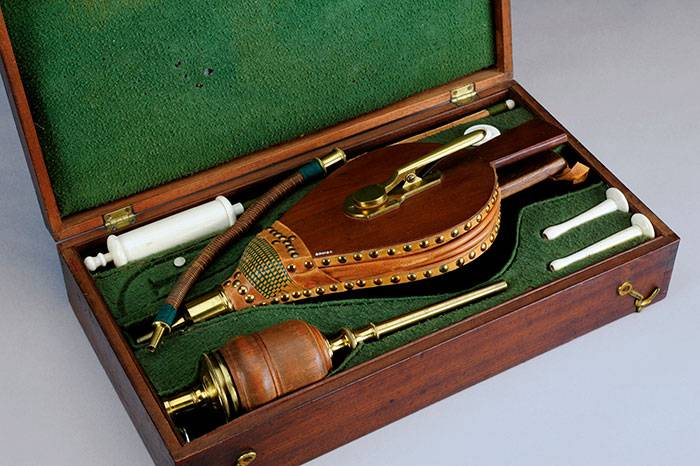After reading these bizarre medical practices of the past, you will feel relieved that you were not born in the early centuries.
#1 Smoking for treating asthma?
In the early 19th and 20th century when the damaging effects of nicotine on health were still foreign, smoking was used for not only recreational purposes but also for treating various health conditions and as ridiculous as it sounds it was also used for treating asthma!

#2 Heroin for cough
In an effort, to discover drug similar to morphine only less potent and less effective, heroin was discovered. Only the case here was that heroin was the opposite here. It was twice as potent as morphine.
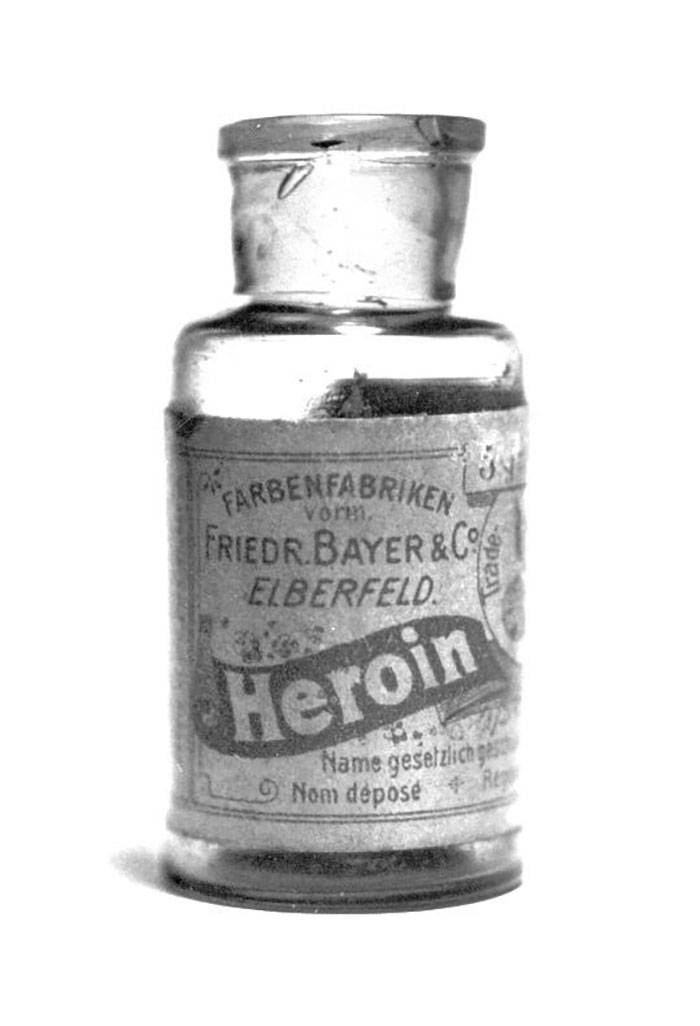
From 1898 through 1910, it was prescribed to treat cough and other health conditions. The cough syrup continued to be available in the market as a morphine substitute but it soon it became the reason for one of the highest rate of addiction amongst the public.
#3 Meth for weight loss
Discovered by a Japanese chemist in 1893, meth was not only used for treating asthma and narcolepsy but also was also used for weight loss purposes.
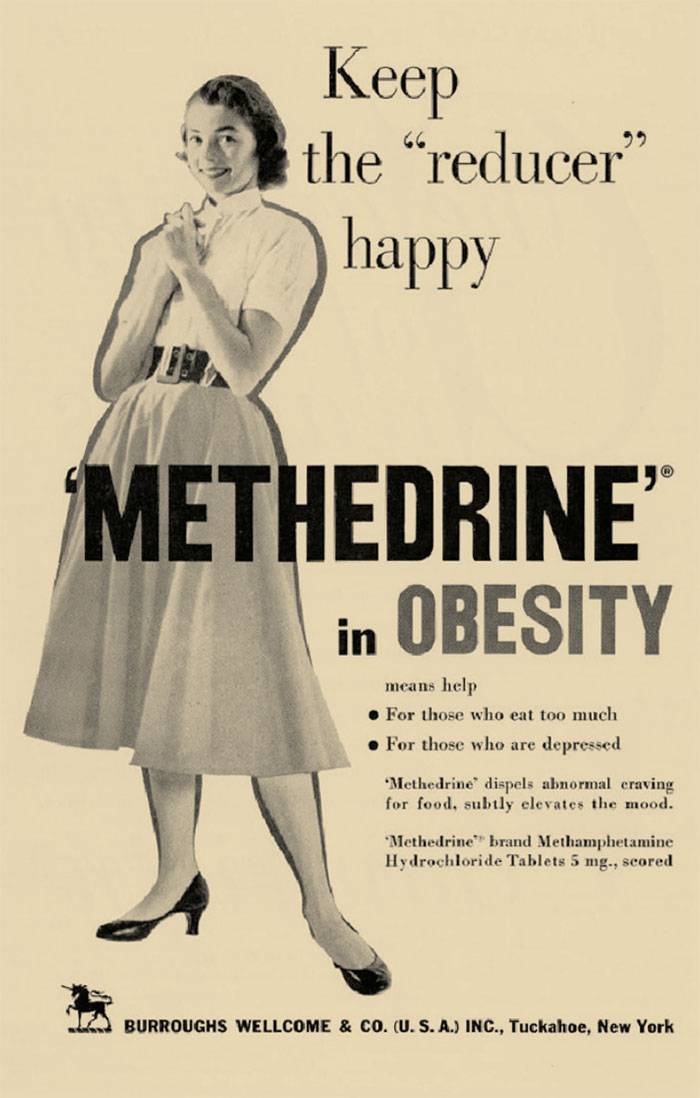
#4 Corn flakes to control sexual urges
J.H. Kellogg, the man behind the beloved Kellogg’s cereal brand, was a full-fledged medical doctor & health activist. One famous fact behind the discovery of these corn flakes was to control sexual urges and to stop people from masturbating.

Masturbation was considered a sin back in the 19th century and Kellogg used to believe that the answer lies in a healthy diet. Unfortunately, the idea didn't work out as desired.
#5 Cocaine
Vin Mariani tonic was introduced in 1863 and was advertised both as wine and as a general cure-all product promising to treat whatever ailment you may have. The tonic became so famous that it was even endorsed by famous people including Thomas Edison? It also served as an inspiration behind the idea of Coca Cola.
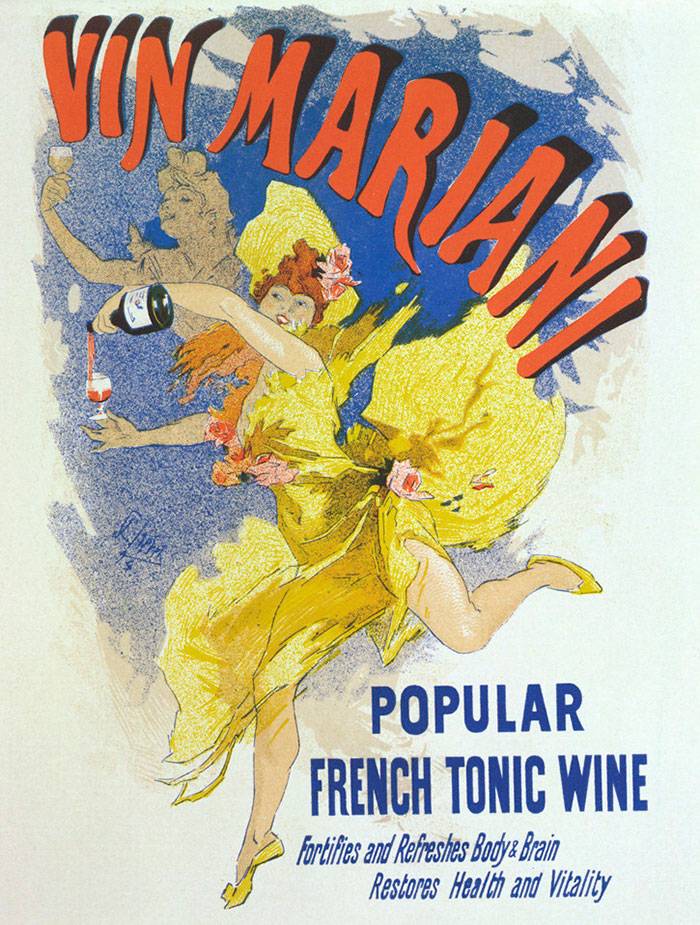
The reason behind this tonic's success was cocaine. The drink contained around 6 mg of cocaine per fluid ounce of wine.
#6 "The iron lung"
The polio epidemic was one of the most feared diseases in the world. Before its vaccination was discovered, millions of people suffered from this disease. When the outbreak reached its peak in 1952, there were 57,628 infected people in the USA.

An effective but very terrifying method was discovered in the earlier centuries to treat polio. Those who suffered from the disease were kept in a metal coffin. This cabinet was nicknamed "the iron lung" and supposedly saved thousands of people who were not able to breathe on their own after their chest muscles were paralyzed due to polio.
#7 Gross
An absurd method of treating tapeworms in the intestine during Victorian times was used. A person consumes a tapeworm egg so that when the parasite hatches and grows inside of the person's intestines, it starts to ingest whatever the person eats.
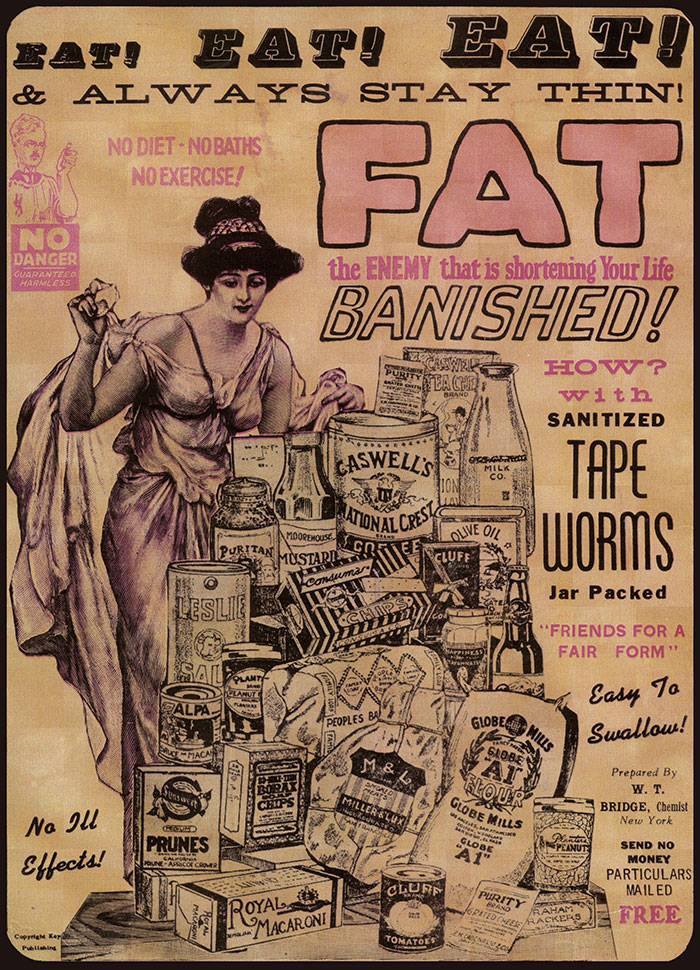
This allowed people to lose weight without compromising their diet.
#8 Lobotomy
In early times in the 20th century, the awareness and concept regarding mental illness treatment were very foreign. Despite the lack of knowledge and awareness, an invasive method called lobotomy was used. During the treatment, the nerve pathways in the lobes of the brain are severed. Lobotomy was widely used.
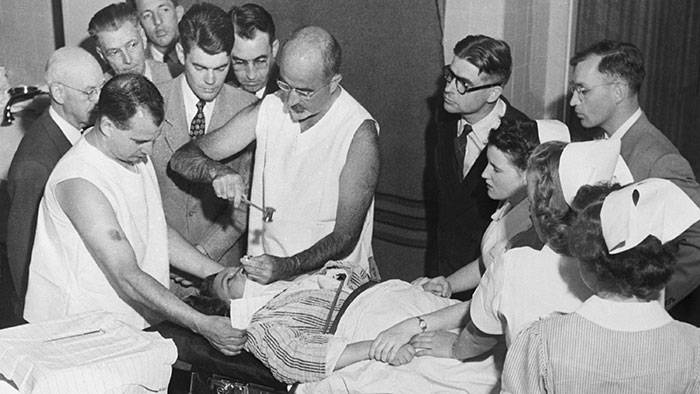
It was only discovered years later that the procedure was the most shameful and tragic event in the history of medicine.
#9 To treat one disease, infected with another one
In the 20th century, people suffering from Syphilis were treated with malaria. They would be deliberately infected with malaria and with the rise in body temperature, the high fever was enough to kill temperature-sensitive syphilis bacteria. It is estimated that around 15% of those treated with malariotherapy died from malaria. However, others showed great improvement.
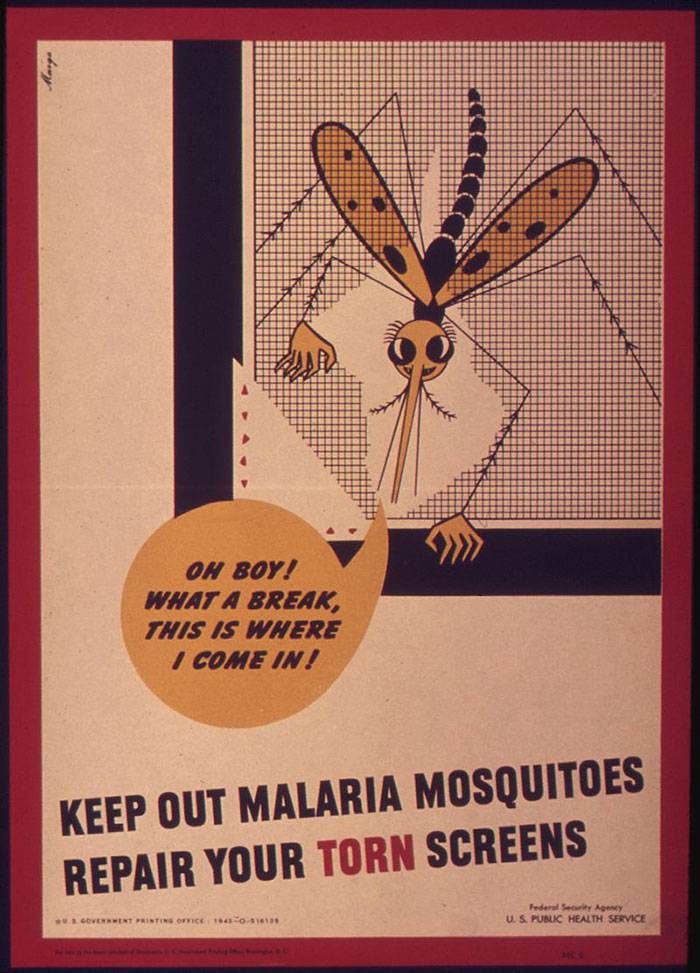
#10 Sitting inside a rotting whale carcass
In the early 19th century, on Australia's southern coast, a cutting edge new treatment was introduced for rheumatism i.e sitting inside a rotting whale carcass.

It was widely believed that if a person stayed inside the body of a dead whale for up to 30 hours then they will be relieved from the joint pain. Clearly, there was no evidence to support this bizarre treatment
#11 RadiThor anyone?
The history of energy drinks goes way back to the 1920s. In the beginning, the energy drinks didn't use to contain huge amounts of caffeine and taurine. Instead, they contained real energy—radium. One of the most infamous examples is RadiThor, which was simply radium dissolved in water. Unsurprisingly, the drink was created by a Harvard dropout, William J. A. Bailey, who was not a medical doctor. RadiThor was advertised as "A Cure for the Living Dead" and "Perpetual Sunshine."
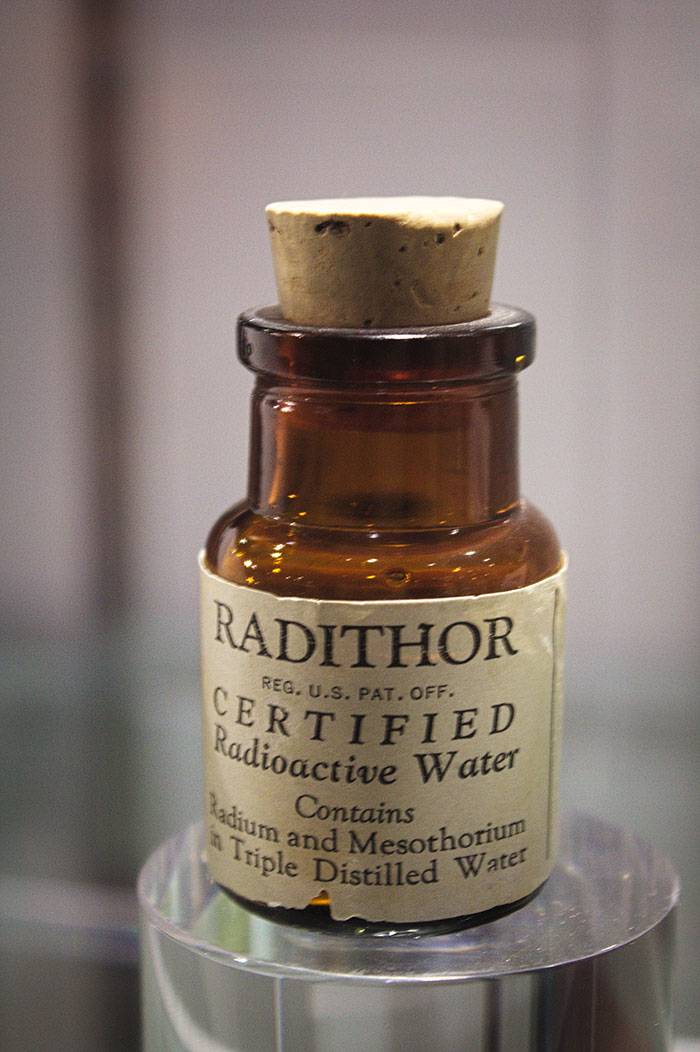
#12 Human corpse for treatment
During the early 16th and 17th centuries, the human body was commonly used as a medicine for the treatment of various ailments. For example, the human liver was prescribed for epilepsy. Back in those days, blood, flesh, and fat and bone were common prescriptions.

Physicians actively used to prescribe corpse medicine to their patients. One of the most popular remedies back in the day was made of smuggled Egyptian mummies. The mummified remains were usually powdered and used as a treatment for epilepsy, bruising, and hemorrhaging.
#13 Bloodletting
Bloodletting is known as one of the oldest medical practices, dating back 3000 years to ancient Egypt. The procedure was common in medieval Europe to treat diseases such as smallpox, epilepsy, and plague. However, it didn't end there. Bloodletting was commonly practiced throughout the 19th century, too, and is sometimes even used today.

By the end of the 19th-century doctors disregarded this treatment as it proved to have no medical evidence and put the patient at health risk too.
#14 Mercury for treating common ailments
Everyone must be well aware of the toxic effects of mercury if inhaled. Yet, throughout history, this chemical was used to prolong life and maintain good health. For several hundred years, mercury was the key ingredient in a variety of products used to treat such diseases as melancholy, syphilis, and influenza.

#15 Arsenic
Arsenic has been labeled as one of the most hazardous chemical for human health, however, till the end of the 20th century, the chemical was commonly used as a medicine. Arsenic compounds were ingredients in many tinctures, balsams, and tablets, which were used to treat diseases such as trypanosomiasis, or “sleeping sickness,” and syphilis.

#16 Trepanation
Trepanation, the practice of drilling, cutting or scraping holes in a person's skull, has been around for many centuries. It is believed to be one of the oldest surgical procedures—however, scientists are unsure why our ancestors performed it. In western medicine, up until the 19th century, trepanation was widely used to treat head traumas.

#17 Inserting crocodile dung in vagina
Egyptians were very creative when they wanted to avoid unwanted pregnancies. One bizarre method commonly practiced was inserting crocodile dung in the vagina. The health benefits are not very sure but surely one realizes how dangerous and unhygienic this treatment was?

#18 Plombage
Back in the old times, scientists believed that for tuberculosis, a collapsed lung would heal faster. So in a method known as plombage, the forcibly used to collapse the lung. During the procedure, a doctor would create a cavity underneath the upper ribs and fill the space with materials such as Lucite (acrylic) balls, ping pong balls, oils, rubber sheets, paraffin wax, or gauze. Unsurprisingly, this treatment carried the risk of complications. Many of the patients suffered from hemorrhage, infection, and fistulization (abnormal opening between two hollow organs) of the bronchus, aorta, esophagus, and skin.

#19 Putting minced dead mice paste in the mouth
Egyptians sure were creative with their treatment methods. One of the grossest and most ineffective treatments was used by Egyptians. To relieve toothaches, they would mash dead mice and blend them with some other ingredients into a paste, which was then applied to the aching tooth. Unsurprisingly, the paste didn't aid much with the pain, but instead often caused an infection.

#20 Hemiglossectomy
Hemiglossectomy is a procedure used nowadays to remove a part of the tongue, mostly in case of oral cancer. However, in old times the method was crazily used on people to help with their stutter. Doctors believed that the tongue was to blame for their speech problems, so they came up with a highly ineffective and sometimes even deadly method of correcting it with surgery.
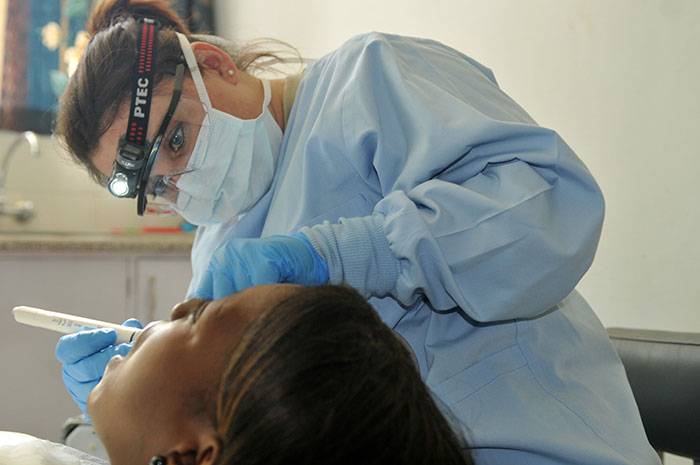
#21 Tobacco smoke enemas
Tobacco smoke enemas were practiced in the 18th century to treat various ailments. In old times, this procedure was administrated to patients suffering from headaches, respiratory failure, cold, or abdominal cramps, just to name a few. This method was even used to resuscitate individuals who were dying from typhoid fever or cholera. It was believed that nicotine could stimulate a patient's adrenal glands, produce adrenaline, and revive them. Unsurprisingly, this method hardly ever worked.
